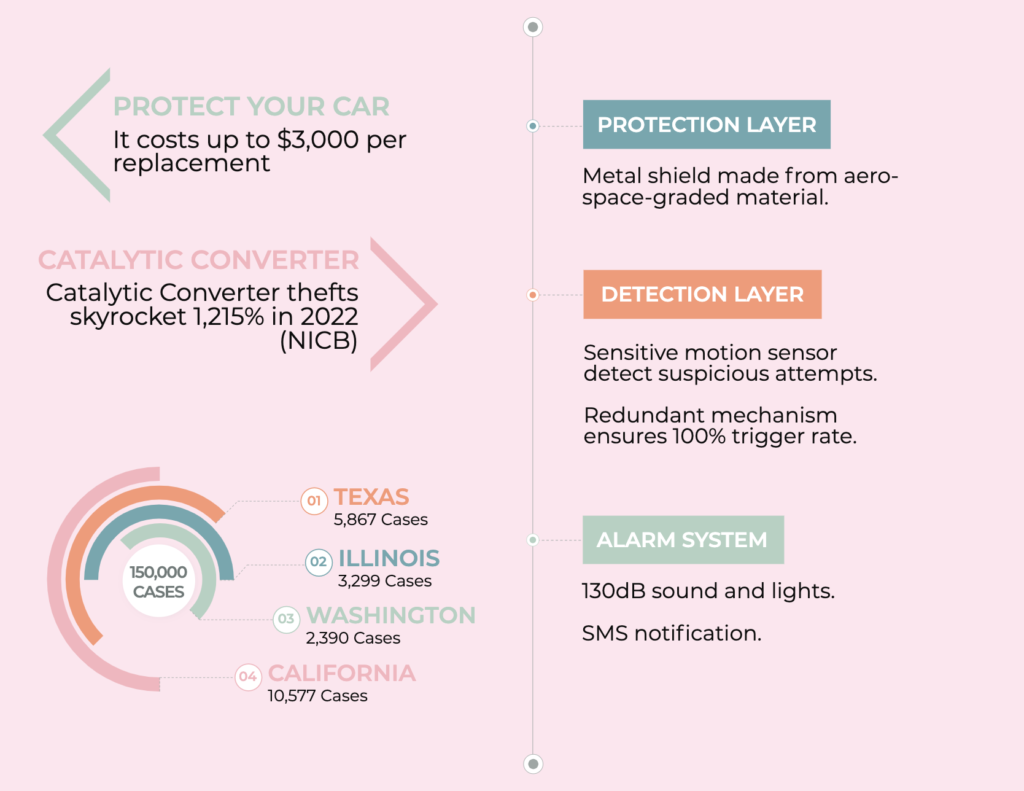Electrical
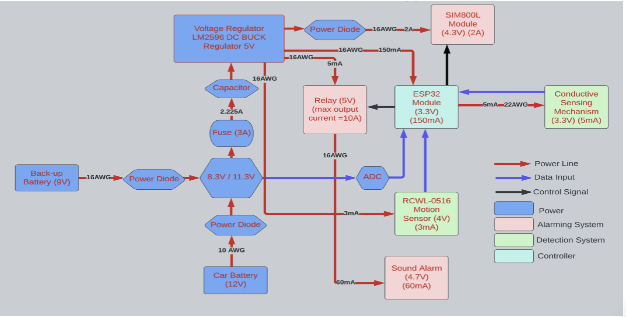
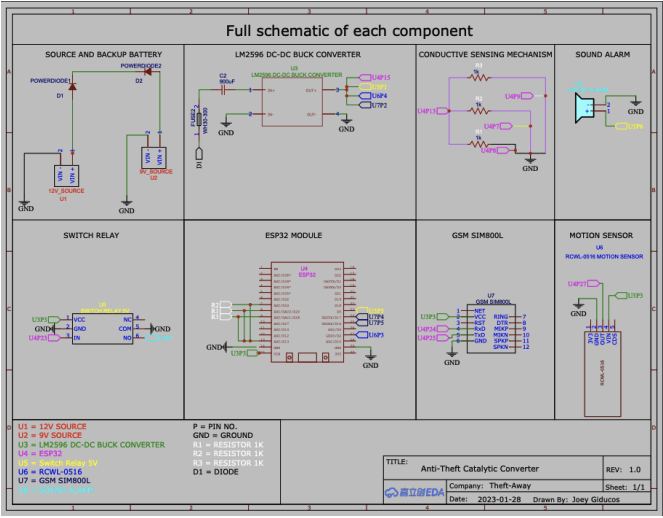
Software
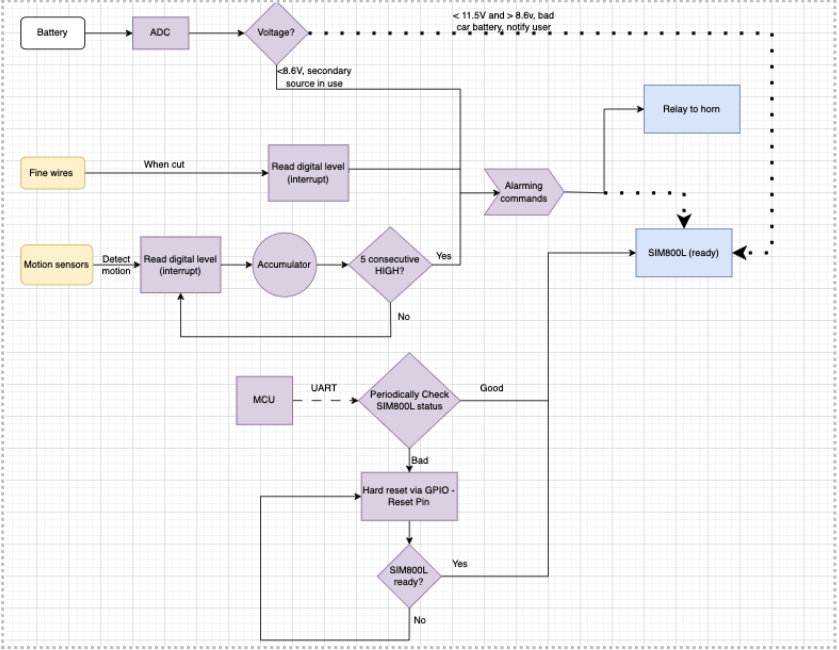
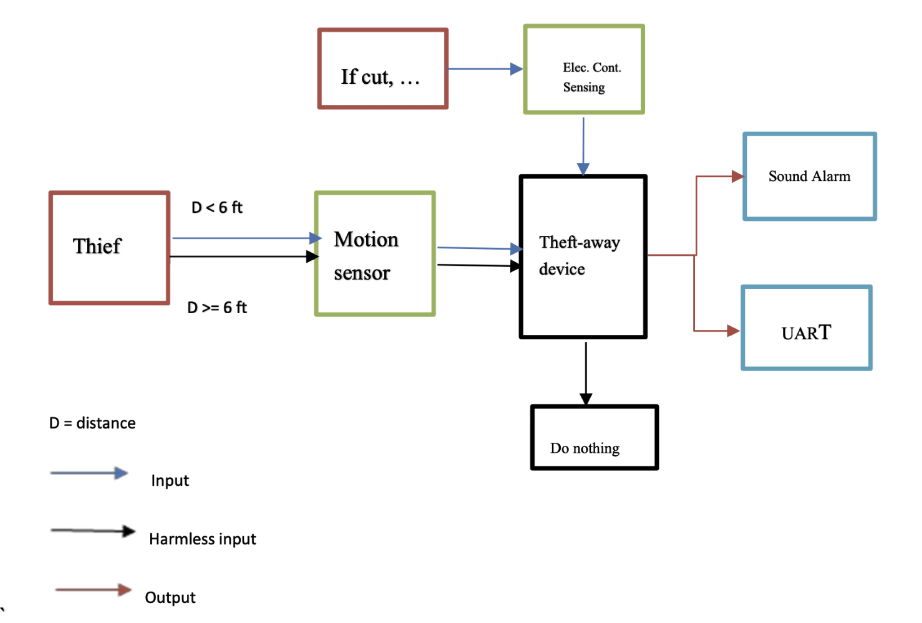
Mechanical
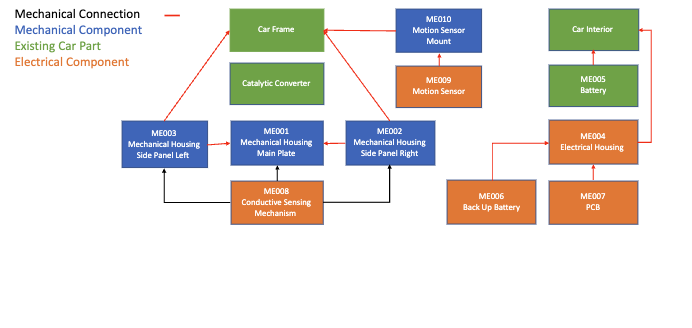





Specification can be found here
Theft-Away is a team of 4 aspiring engineers:

Ryan Budd (Mechanical Engineering)
I am a hardworking and motivated fourth year mechanical engineering student at Seattle Pacific University. Growing up, I had a passion for cars, working with my hands, and building things. As one of the curren t directors of SPU Baja SAE I get to put these passions to work, designing, manufacturing, and racing an offroad vehicle. SPU Baja has allowed me to gain valuable experience and practice important skills that will be crucial for my future in mechanical engineering. These skills and experiences allowed me to gain an internship working for Rice Lake Weighing Systems during the summer proceeding my senior year, I will continue to work for them this upcoming winter as well. I hope to use my skills in Solidworks, manufacturing, documentation, communication, leadership, and problem solving to help team Theft-Away build and Industry leading anti-theft device for catalytic converters.

Minh Le (Computer Engineering)
I’m a curious and quite nerdy student in Computer Engineering. My dad used to be an electric technician, so I did many small electrical projects, which motivate me later on to study Computer Engineering. I hope I can use my skill and knowledge alongside with other members of Theft-Away to engineer an anti-theft system for catalytic converters.

Nguyen Tang (Electrical Engineering)
I am a highly motivated and diligent senior-year electrical engineering student at Seattle Pacific University. I am also a member of the SPU IEEE. As a young child, I was inspired by the works of Nikola Tesla. His famous inventions and contributions to the science of energy as well as development of hundreds of technologies have made an enormous impact on our daily lives. Knowing that I would never be like him, but I hope that I can utilize the valuable experience and important skills that I learned from SPU to help creating products that are useful for this society, starting with the anti-theft catalytic converter first.

Joey Giducos (Electrical Engineering):
I am a Senior student at SPU, pursuing a major in Electrical Engineering, and a member of IEEE. At an early age, I was always fascinated by how things work, like gadgets, electronic devices, etc. I love to collect gadgets and love to learn how they work. I am also interested in renewable energy projects, and last year from my junior design class, my team and I built a multi-source power bank. I hope my experience will help build this project for an anti-theft catalytic converter device more efficiently and creatively.
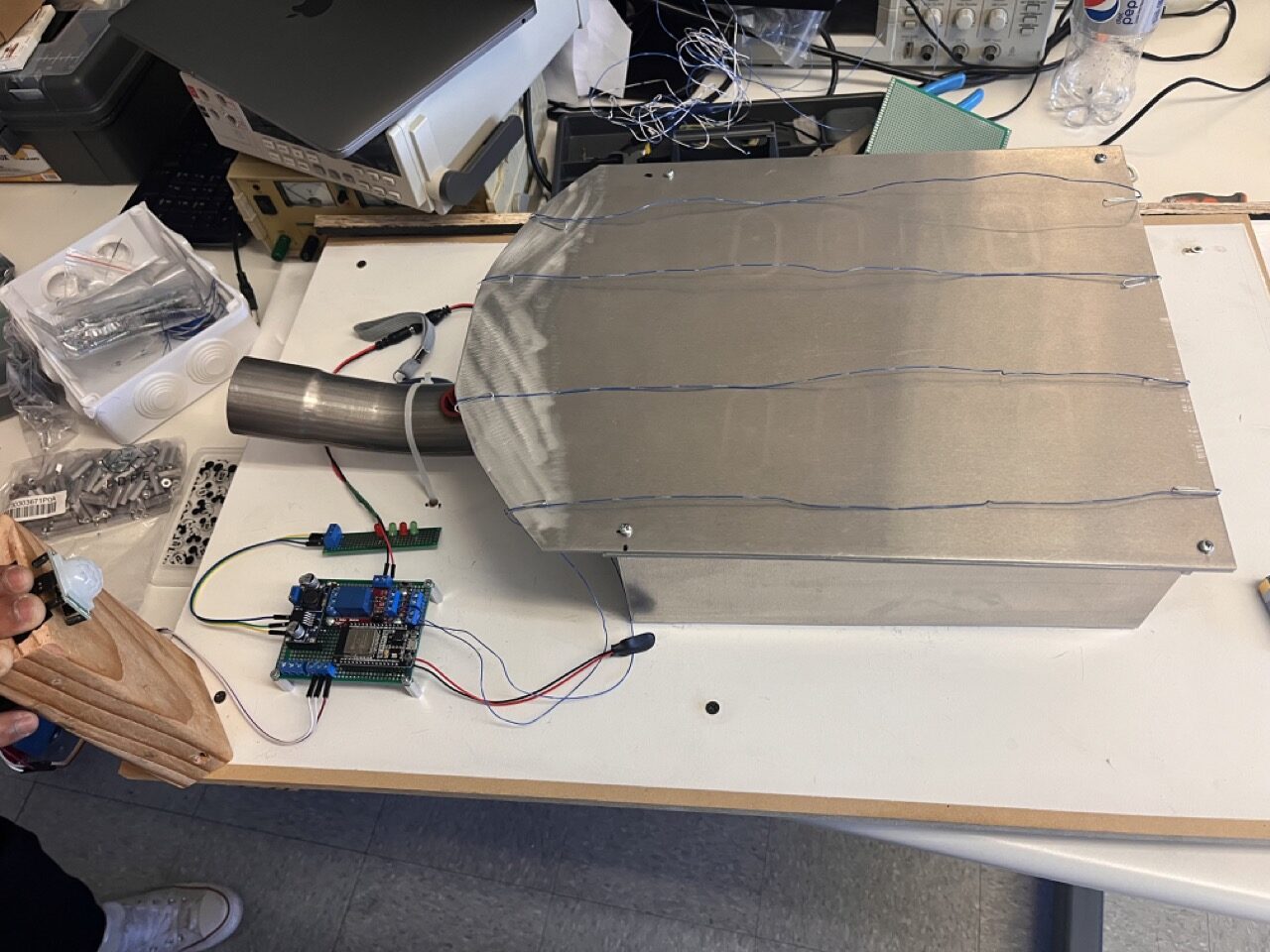
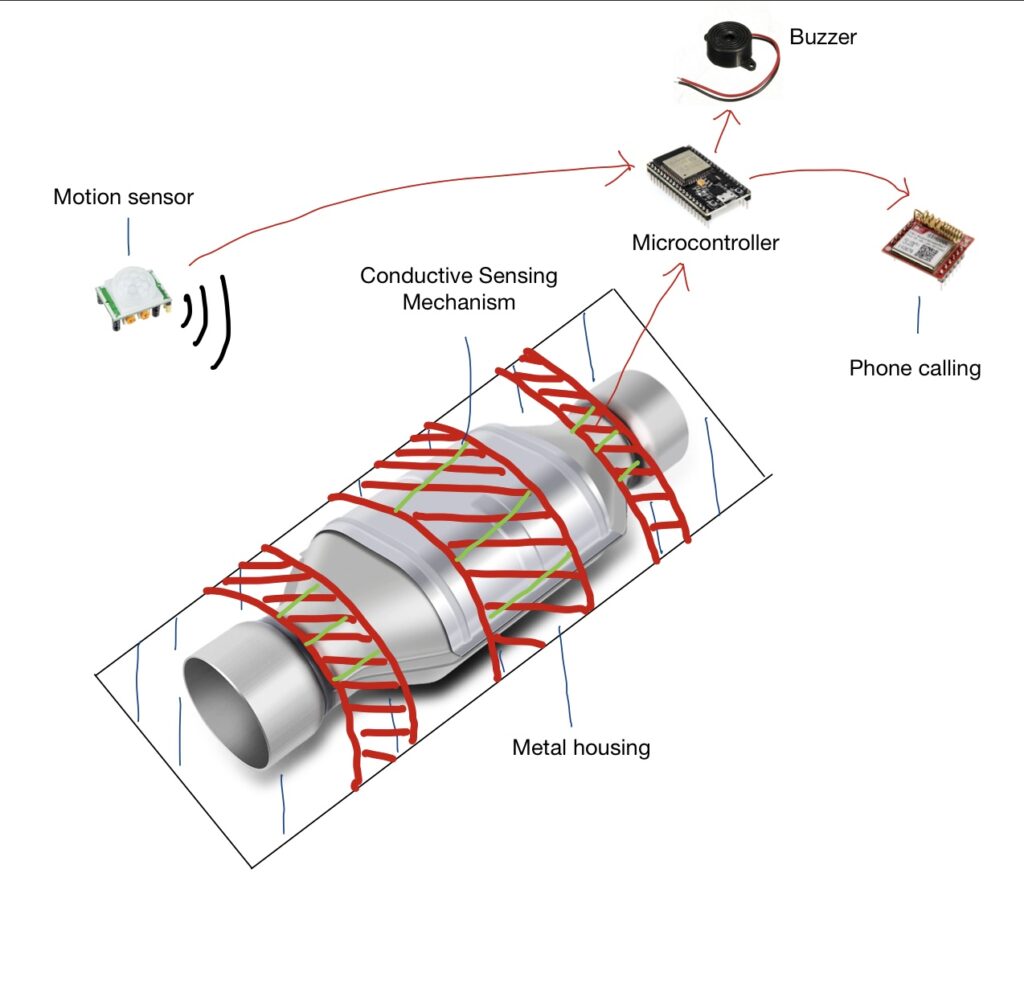
Our system comprises of 3 subsystem:
1. Metal shield
The metal shield is made from aerospace-graded aluminum, which is strong, durable, and light, with a goal of lengthen the cutting time to at least 90 seconds. The shield is specifically designed and tested such that heat dissipation capability of catalytic converter will not be affected.
2. Detection Unit
The detection unit has motion sensors to detect suspicious motion near the converter. On top of that, conductive sensing mechanism, which comprises of a matrix of electrified wires embedded on top of the metal shield, immediately triggers when one of the wires is cut. The redundancy of two detection mechanism ensures accurate detection of theft attempts.
3. Alarming Unit
Once the detection unit detects a theft attempt, a sound alarm with 130dB noise is immediately triggered. The unit will also send SMS notification to user’s phone.
Catalytic converters are stolen everywhere, with an estimated rise of 1,215% from previous year of reported thefts in 2022. Theft-Away aims to provide a comprehensive protection for your catalytic converter.
